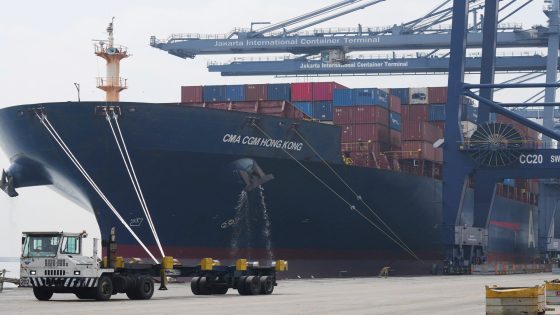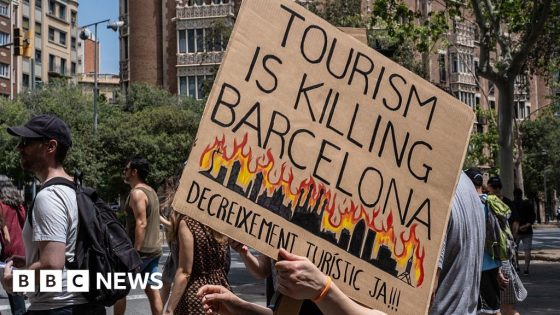In a significant shift in global trade dynamics, united states President Donald Trump has announced new tariffs targeting eight countries, including Brazil and the Philippines. Posted on social media on July 9, 2025, the letters detail varying import tax rates, with Brazil facing the steepest increase at 50 percent.
- Trump issues tariffs to eight countries.
- Brazil faces highest tariff at 50%.
- Trade imbalances reported with several nations.
- US GDP shrinks by 0.5 percent.
- US markets remain stable despite tariffs.
- Limited trade agreements with UK and Vietnam.
This latest move comes after a 90-day negotiation period, during which Trump emphasized “grave injustices” in Brazil, particularly regarding censorship and democratic processes. As global markets react, many are left wondering how these tariffs will impact international relations and trade agreements.
As the U.S. grapples with trade imbalances, the implications of these tariffs raise crucial questions. Will these measures foster better negotiations, or could they escalate tensions? Consider the following points:
- Brazil faces a 50% tariff, raising concerns about diplomatic relations.
- The U.S. reported a trade imbalance with several of the targeted countries.
- Markets remain stable despite the looming tariffs.
- Negotiations with allies like Japan and South Korea are under pressure.
Moving forward, stakeholders must closely monitor these developments and advocate for constructive dialogue to mitigate economic fallout.

































